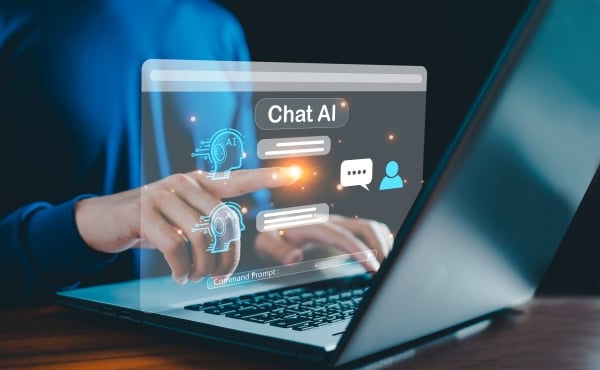As the cost of higher education continues to rise, students and families are constantly looking for ways to make earning a degree more affordable. One potential solution that has been gaining attention in recent years is the use of artificial intelligence (AI) to streamline operations and reduce administrative costs in colleges and universities.
AI technology has the potential to revolutionize higher education by automating repetitive tasks, improving efficiency, and enhancing the student experience. From managing admissions processes to providing personalized learning experiences, AI can be used in a variety of ways to drive down costs and improve outcomes.
One area where AI is already making an impact is in admissions and enrollment. AI algorithms can analyze large volumes of data to identify patterns and trends that can help institutions better predict which students are most likely to succeed. This can help colleges and universities optimize their recruitment strategies and target resources more effectively, ultimately saving money in the long run.
AI can also be used to personalize learning experiences for students, enabling them to progress at their own pace and focus on areas where they may need extra help. By providing more targeted support, institutions can increase student success rates and reduce dropout rates, ultimately saving money on recruiting and retaining students.
Additionally, AI technology can automate administrative tasks such as scheduling, grading, and student support services. By reducing the need for manual labor, institutions can reallocate resources to higher-impact activities that directly benefit students, such as providing more access to academic advisors or investing in new technology.
While the potential benefits of AI in higher education are clear, there are also concerns about the ethical implications of using these technologies. Critics worry that relying too heavily on AI could lead to a loss of human connection and personalized support for students, ultimately undermining the quality of education.
However, proponents argue that AI can complement human efforts by freeing up time and resources that can be better spent on more meaningful interactions with students. By using AI to automate routine tasks, educators can focus on providing the individualized attention and support that is essential for student success.
In conclusion, while AI technology is not a panacea for all of the challenges facing higher education, it does have the potential to reduce costs and improve outcomes for both institutions and students. By leveraging AI to automate processes, personalize learning experiences, and optimize operations, colleges and universities can become more efficient and effective in delivering quality education at a lower cost. As the technology continues to advance, it will be important for institutions to carefully consider how to integrate AI in ways that prioritize student well-being and academic success.



